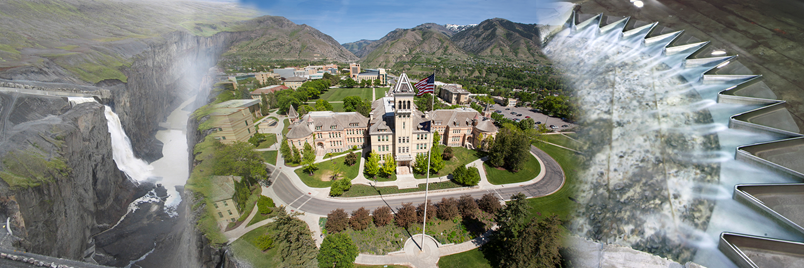Location
Denver, CO
Start Date
6-25-2019 12:00 AM
End Date
6-27-2019 12:00 AM
Description
In this 1:18 Froude scale physical hydraulic model study, woody debris was introduced into a reservoir upstream of a morning-glory spillway at different flow rates causing jams. The purpose of this study is to ascertain the frequency of woody debris clogs in the crest, mouth, transition, or a combination of the three in the morning-glory spillway over varying flow rates. Because of the random nature of debris loading into reservoirs (flux, density, species, length, diameter, branch complexity, etc.), a variety of woody species were used to represent prototype lengths of 10 feet to 35 feet and diameters of 0.5 feet to 4 feet. Flow rates in prototype ranged from approximately 500 to over 3000 cubic feet per second. Flow rate can also play an integral part in where the jam occurs, especially in the transition from weir to orifice flow into the spillway. As the flow transitions from crest control into full pipe control, the water surface elevation (WSE) becomes high enough that debris does not naturally pass through the spillway. The location of the jam can impact the degree of change in water surface elevation, causing changes of up to 25 feet prototype, or approximately a 780% increase, over the range of flow rates tested.
Included in
Spillway Debris Physical Model Study Morning Glory Spillway
Denver, CO
In this 1:18 Froude scale physical hydraulic model study, woody debris was introduced into a reservoir upstream of a morning-glory spillway at different flow rates causing jams. The purpose of this study is to ascertain the frequency of woody debris clogs in the crest, mouth, transition, or a combination of the three in the morning-glory spillway over varying flow rates. Because of the random nature of debris loading into reservoirs (flux, density, species, length, diameter, branch complexity, etc.), a variety of woody species were used to represent prototype lengths of 10 feet to 35 feet and diameters of 0.5 feet to 4 feet. Flow rates in prototype ranged from approximately 500 to over 3000 cubic feet per second. Flow rate can also play an integral part in where the jam occurs, especially in the transition from weir to orifice flow into the spillway. As the flow transitions from crest control into full pipe control, the water surface elevation (WSE) becomes high enough that debris does not naturally pass through the spillway. The location of the jam can impact the degree of change in water surface elevation, causing changes of up to 25 feet prototype, or approximately a 780% increase, over the range of flow rates tested.


